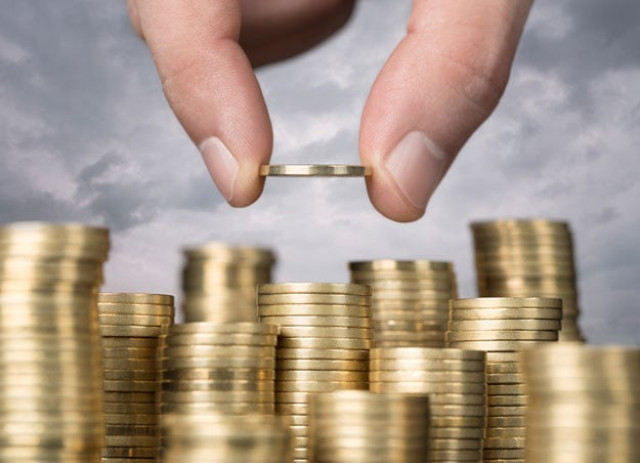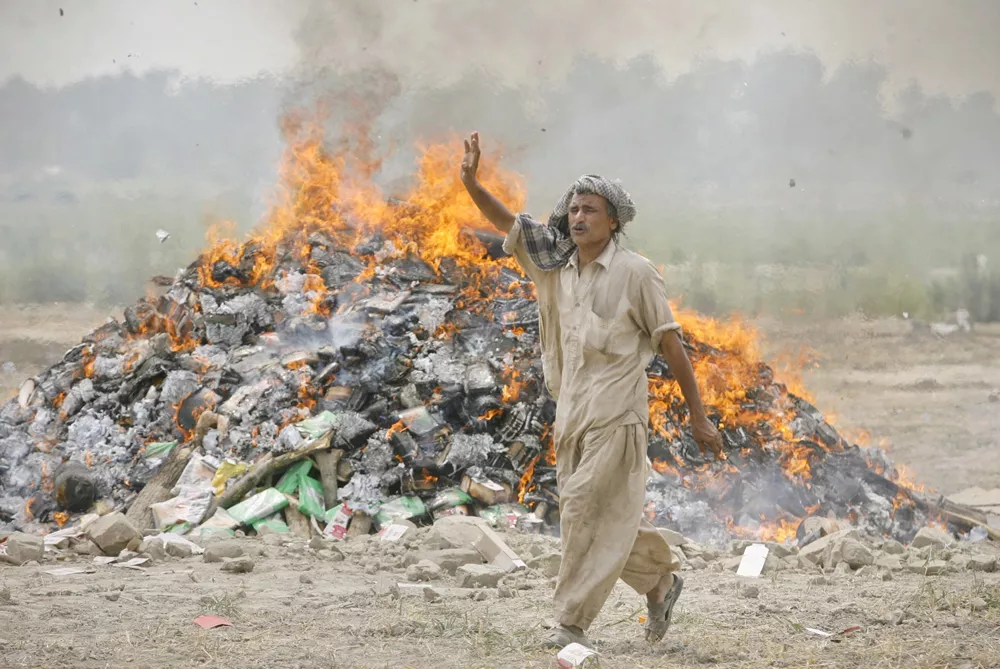Pakistan receives $119.3 million in FDI, higher by 7.5%
Amounted to $111m in previous year; largest contributor was China

STOCK IMAGE
According to data released by the State Bank of Pakistan (SBP) on Tuesday, FDI increased $8.3 million year-on-year (YoY) in July-August, as it amounted to almost $111 million in the corresponding months of 2014-15.
Pakistan has faced low levels of foreign investment in recent years. In a statement last week, the SBP had called an increase in FDI “imperative” for the sustainability of the economy’s external sector. “Recent improvements in the law and order situation and continued macroeconomic stability are likely to increase the prospects for long-term foreign capital inflows,” the SBP said.
Largest contributor to the FDI in Jul-Aug was China ($131.5 million), followed by the United Arab Emirates ($30.2 million) and Switzerland ($23.1 million).
Read: 2014-15: Foreign direct investment shrinks by 58.2%
Net FDI in August alone clocked up at $44.3 million, down 43.8% from the net inflow of $78.8 million recorded in the same month of the preceding fiscal year.
The largest net outflow of FDI in July-August was recorded in the petro chemicals ($124.8 million) followed by metal products ($9 million).
Contributors to FDI
The largest increase in FDI in July-August was in the category of power, which attracted $111.1 million. Other sectors that attracted substantial FDI in the first two months of 2015-16 were transport ($20 million) and oil and gas exploration ($19.3 million). However, the FDI in the oil and gas exploration category dropped 48.8% on a YoY basis.
Pakistan received FDI of $709.3 million in 2014-15, which was 58.2% less than the FDI received in the preceding fiscal year. Largest contributor to the FDI during 2014-15 was the United States ($238.7 million), followed by China ($229.5 million) and United Arab Emirates ($222.4 million).
 DESIGN: NABEEL AHMAD
DESIGN: NABEEL AHMADHowever, the United States has pulled out $96.7 million from Pakistan so far in 2015-16 although net inflows from the world’s largest economy amounted to $45.2 million in the same two-month period of the last fiscal year.
Many foreign investors have left Pakistan for good in recent years because of the energy crisis and governance issues.
For example, Johnson and Johnson, a multinational pharmaceutical company, wound up its operations from Pakistan last year and sold its operations to a Pakistani pharmaceutical company for reportedly $30 million. At least four multinational pharmaceutical companies have left Pakistan for good in the last six years.
The category of pharmaceutical and over-the-counter products lost FDI of $47.2 million in the last fiscal year. The largest net outflow of FDI in 2014-15 was recorded in the cement category ($219.5 million), which was followed by metal products ($55.2 million).
Read: OICCI perturbed about low foreign direct investment
However, FDI from China is expected to rise further in view of the recently announced China Pakistan Economic Corridor (CPEC), according to the SBP. “The implementation of infrastructure development and energy projects under the CPEC will further enhance the improving investment environment,” it said.
Published in The Express Tribune, September 16th, 2015.
Like Business on Facebook, follow @TribuneBiz on Twitter to stay informed and join in the conversation.



















COMMENTS
Comments are moderated and generally will be posted if they are on-topic and not abusive.
For more information, please see our Comments FAQ